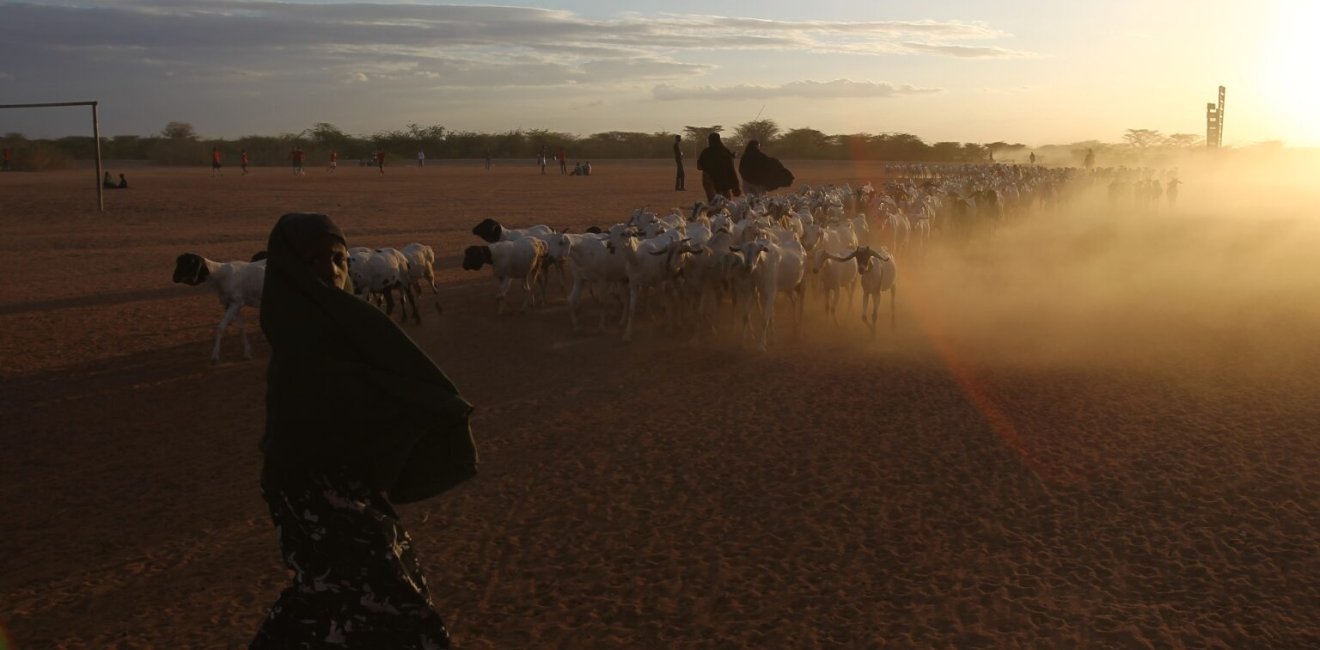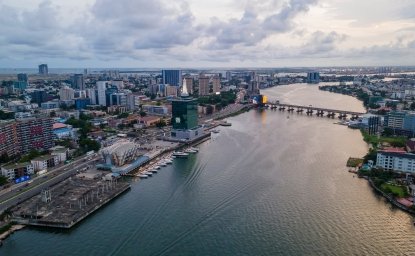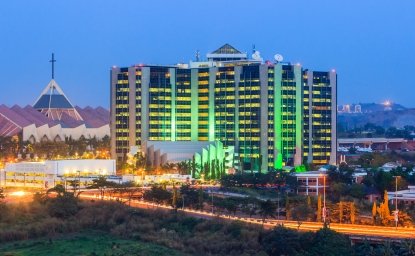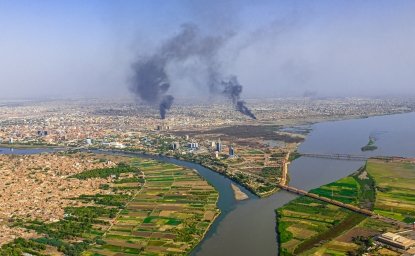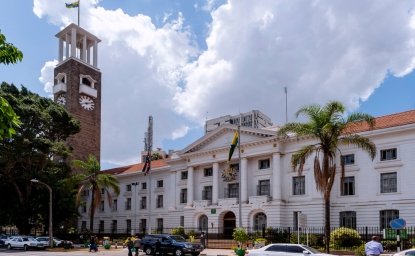Somalia is trapped in a cycle where climate impacts—droughts, floods, and erratic weather patterns—fuel displacement, poverty, and conflict. With agriculture and pastoralism at the core of its economy, the country is particularly vulnerable to these environmental shocks, which create fertile ground for insurgent groups to exploit the resulting instability.
These groups, most notably al-Shabaab, have leveraged weakened social and economic structures to expand their influence, offering provisional services in areas where government support is lacking. However, this short-term control is based on coercion and does nothing to address the root causes of instability.
The link between environmental degradation and insecurity is increasingly evident. Climate change accelerates existing vulnerabilities, contributing to widespread displacement and undermining Somalia’s stability. Rising temperatures, changing precipitation patterns, and water shortages have led to recurrent floods and droughts, negatively impacting agricultural production, which is also undermined by unsustainable land use practices.
Compounding these pressures are decades of violent conflict in the country, which have disrupted socioeconomic development, fueled mass displacement, and deepened land-related tensions. As insurgents capitalize on these vulnerabilities, they hinder access to international relief and climate finance, obstructing Somalia’s path to long-term resilience and stability.
Insurgency and Climate Vulnerability
Al-Shabaab is deeply rooted in a Salafi-jihadist framework, and its overarching goal is to overthrow Somalia’s central government and limit the influence of foreign actors. Its transnational aims involve bringing together ethnic Somali areas across East Africa under an Islamic state, while some of its subsets seek closer coordination with larger groups such as Al-Qaeda. Al-Shabaab implements a harsh interpretation of Sharia law in the territory it controls, and has committed multiple deadly terrorist attacks across East Africa.
Increased droughts, rising temperatures, and subsequent threats to livelihoods have allowed al-Shabaab to capitalize on climate vulnerabilities to establish aid mechanisms and a judicial framework to legitimize themselves and undermine the Somali government. While its provisional services (code of law, judicial system, and security racket) are enacted to gain regional political control, Al-Shabaab’s draconian brutality has, in some circumstances, inadvertently stabilized the functioning of commerce.
The protection from warlords and rival clans that Al-Shabaab offers to businesses is one example. And the group’s dispute settlement courts have been noted to be more effective in mediating and resolving disputes than the traditional xeer, which has lent the group legitimacy in the absence of centrally-regulated judicial systems. (It is important to note that xeer systems also rely on clan power structures and hierarchies which have been disrupted by climate and conflict induced human displacement.)
Al-Shabaab also has provided rudimentary healthcare services such as isolation clinics and drought relief measures. During the famine of 2010-2011, the insurgents coordinated and closely monitored essential services that were outsourced by NGOs. When simultaneous cholera and measles outbreaks occurred during the drought of 2017, the Jihadist organization also provided some levels of relief and support to local populations. This support and service provisions help gain support from local populations and external funders.
What Would Actual Success Look Like?
Despite Al-Shabaab’s relative success in exploiting climate vulnerabilities for short-term gains, it is unable to sustain long-term climate action. Indeed, the steps required for effective climate resilience fundamentally contradict Al-Shabaab’s governance approach.
Climate-smart programs depend on community resilience, which involves fostering education, engagement, and awareness—principles that clash with Al-Shabaab’s authoritarian and patriarchal structures. Moreover, successful climate efforts need significant financial investment, typically accessed through international financial systems to which Al-Shabaab lacks access.
The Federal Government of Somalia and the international community have long tried to counter Al-Shabaab through stabilization, counterterrorism, and peace building. This extends past forthright military conflict into competition for the trust and support of the population by providing security, basic services, justice, and jobs. Climate action could play a significant role in addressing the long-standing conflict, particularly in regions where livelihoods are vulnerable to environmental changes.
Climate shocks such as droughts and floods exacerbate poverty and resource scarcity, which in turn make local populations more dependent on whichever entity provides relief and services. This dynamic often tips the scales in favor of Al-Shabaab. Thus, integrating climate adaptation and mitigation efforts into stabilization and peacebuilding initiatives could help Somalia’s government and the international community address the root causes of conflict.
Measures such as enhancing food security through sustainable agriculture, promoting renewable energy in rural areas, and improving water management could reduce communities’ reliance on Al-Shabaab, especially as these services become more reliable and inclusive. Climate resilience programs can also create jobs and restore local economies, fostering stability and reducing the appeal of extremist groups.
With the Green Climate Fund (GCF) mobilizing $100 million for climate adaptation projects in Somalia, the opportunity to address these challenges is now. To ensure the effectiveness of these projects, the Federal Government of Somalia must align climate action with its broader stabilization efforts, and ensure that its initiatives are conflict-sensitive to avoid exacerbating tensions. Funded projects can also promote peace by fostering social cohesion and addressing the root causes of conflict.
While these projects are not a substitute for strengthening health infrastructure, governance capabilities, legal systems, and ameliorating the short-term deficits Al-Shabaab is able to exploit, they can be a valuable tool in environmental peacebuilding and stabilization efforts. Only through a comprehensive approach can climate finance make meaningful contributions to long-term peace and stability.
This post was originally released to New Security Beat, the blog of the Wilson Center Environmental Change and Security Program and has been cross-posted to Africa Up Close by request and with permission of ECSP.



